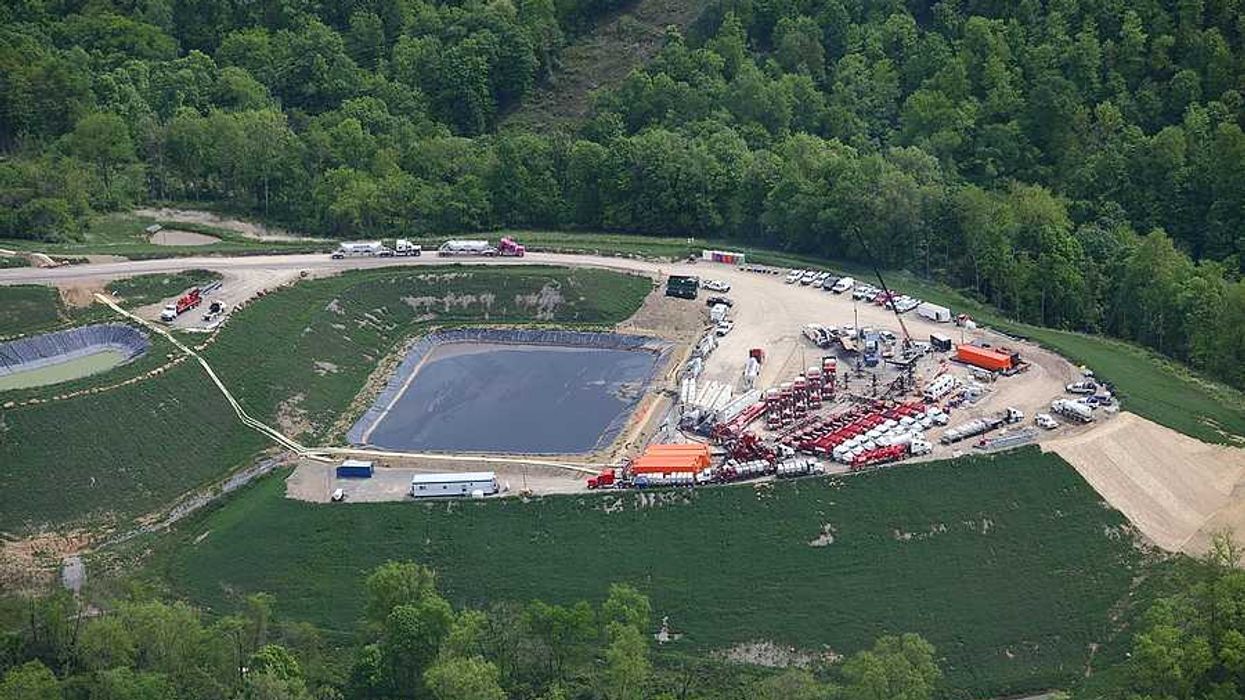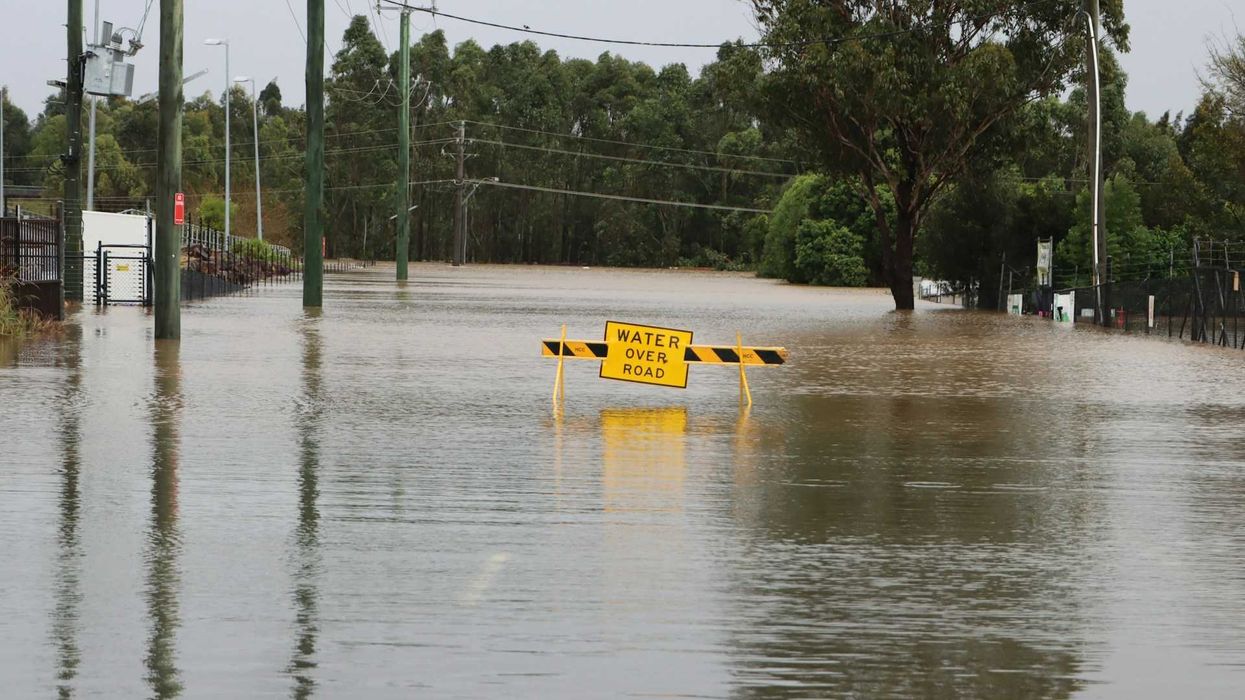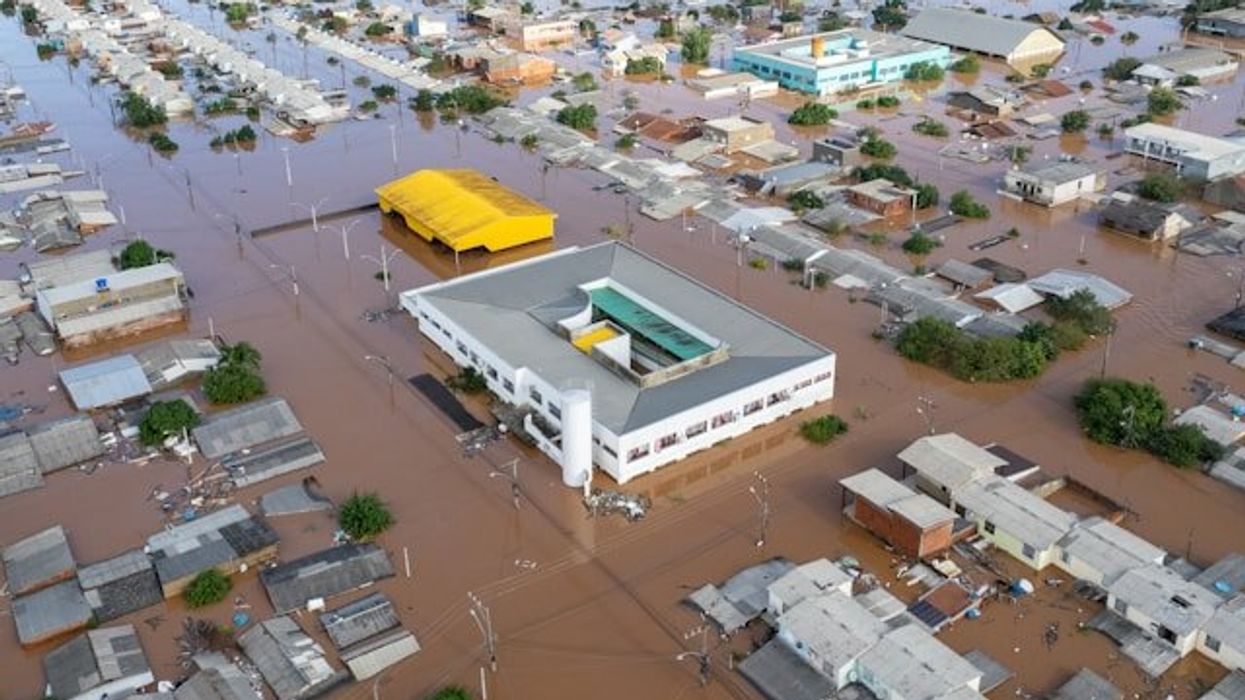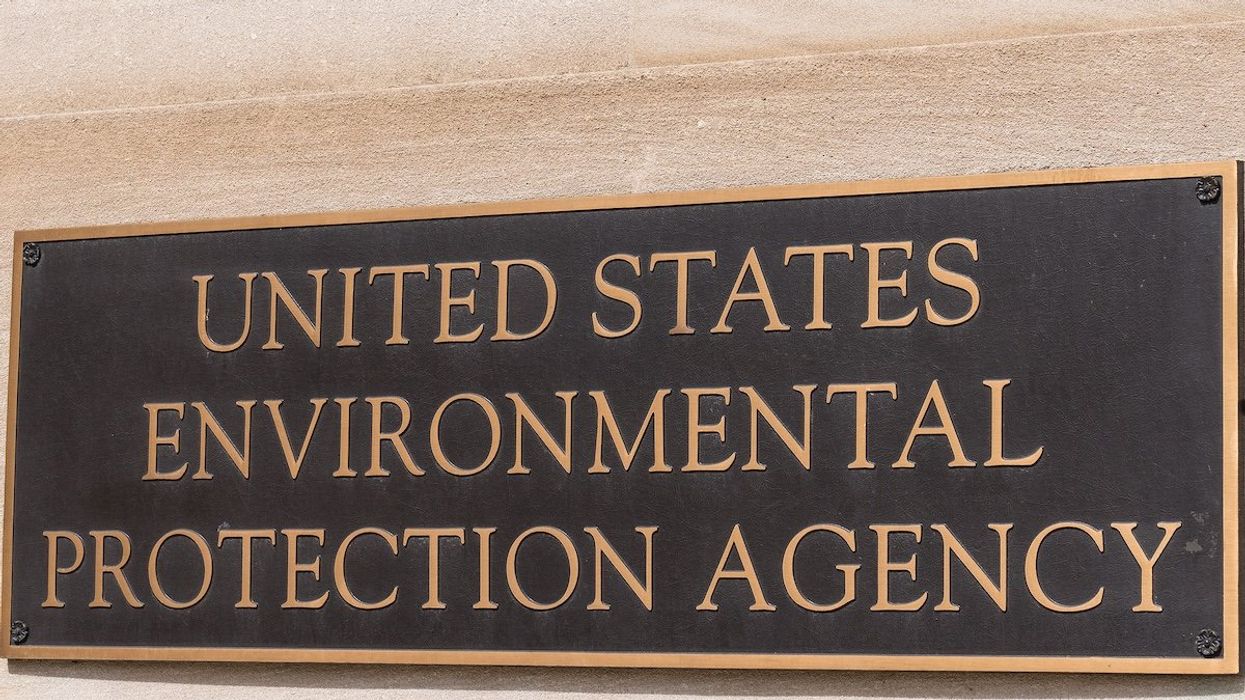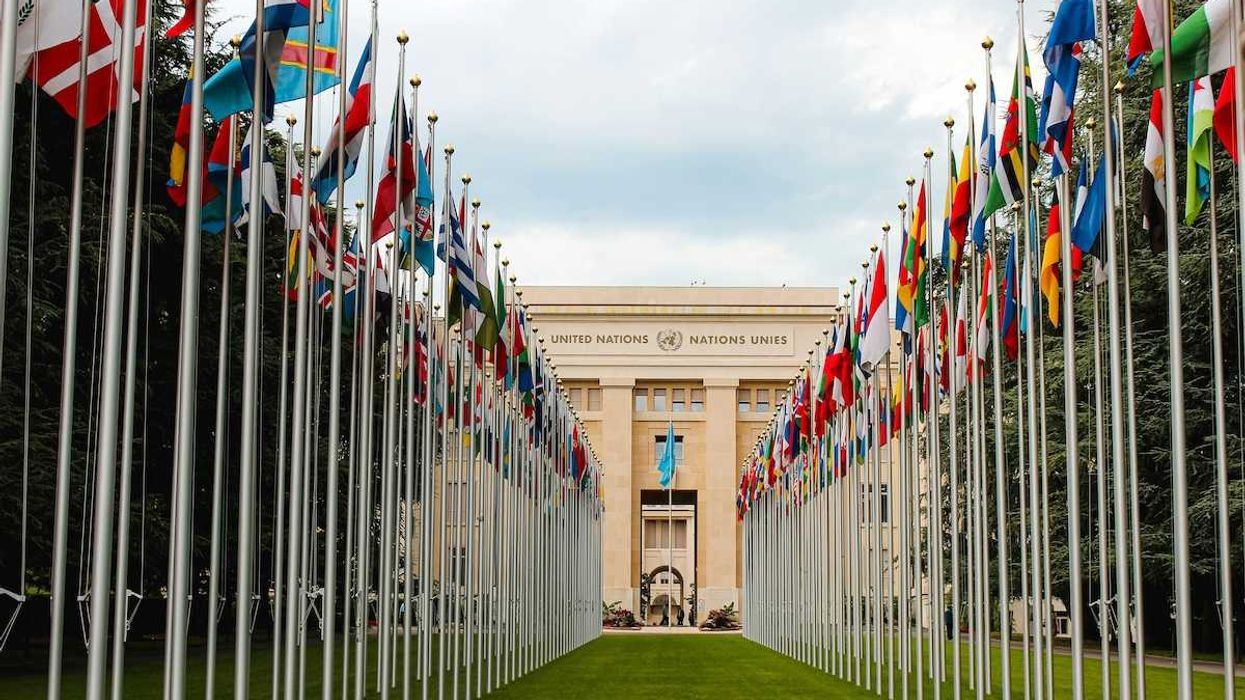U.S. plastics plants, including 22 in Louisiana, release significant wastewater pollutants into rivers due to outdated federal regulations, according to an Environmental Integrity Project report.
Elise Plunk reports for Louisiana Illuminator.
In short:
- An Environmental Integrity Project report highlights that U.S. plastics facilities, particularly in Louisiana, legally discharge nitrogen, phosphorus and dioxins into waterways due to 30-year-old U.S. Environmental Protection Agency standards.
- Nearly 83% of the facilities reviewed violated pollution limits at least once between 2021 and 2023, but only 14% faced penalties.
- Louisiana’s Mississippi River and Calcasieu River, key waterways, suffer from high levels of toxic pollutants, disproportionately affecting communities of color and low-income areas.
Key quote:
“The federal regulations meant to cut wastewater pollution from the sector are outdated and incomplete, allowing companies to legally dump harmful pollution into our rivers, lakes and other water bodies.”
— Kira Dunham, research manager at the Environmental Integrity Project
Why this matters:
Toxic wastewater pollution from plastics plants threatens aquatic ecosystems and public health, causing "dead zones" in rivers and the Gulf of Mexico. Low-income and minority communities near these plants face heightened exposure to pollutants linked to cancer and other diseases.
Related EHN coverage:







